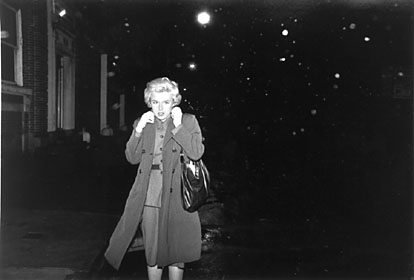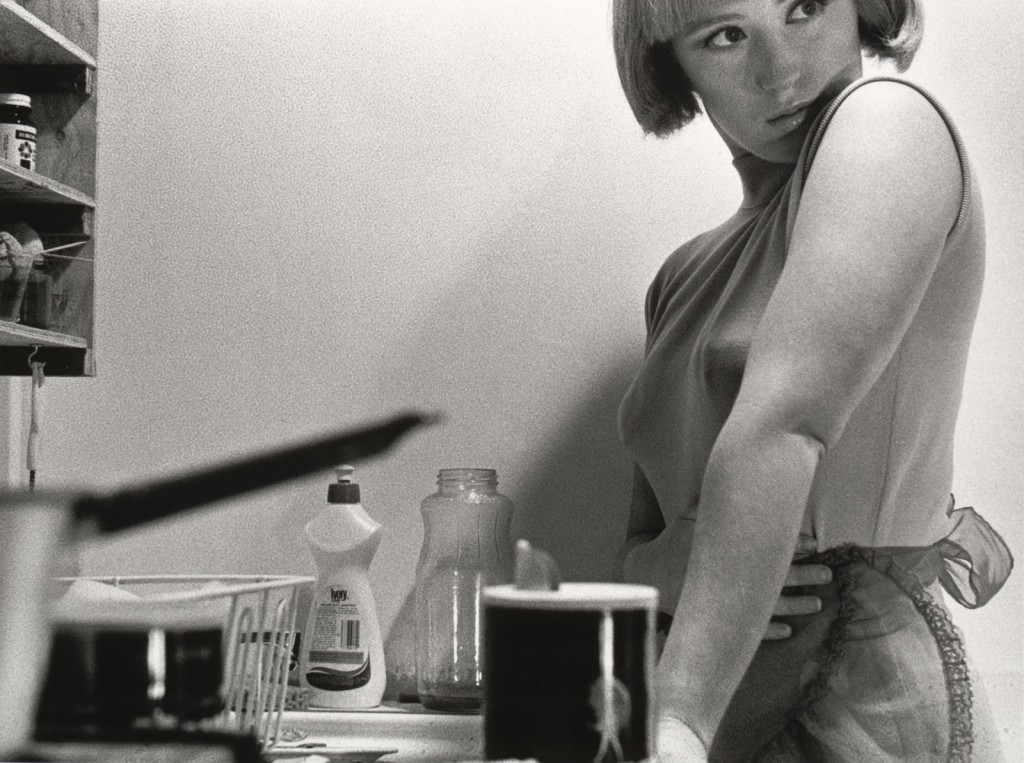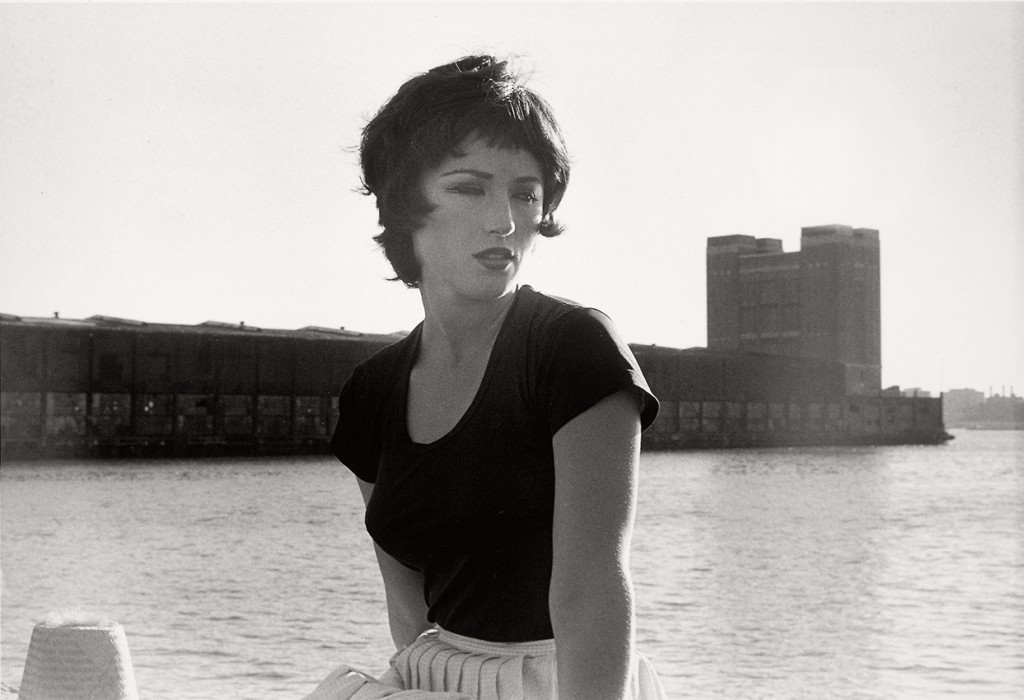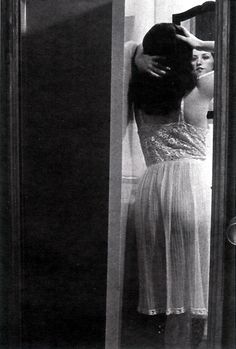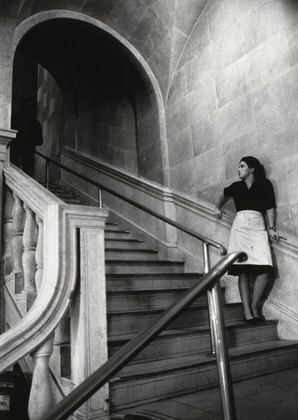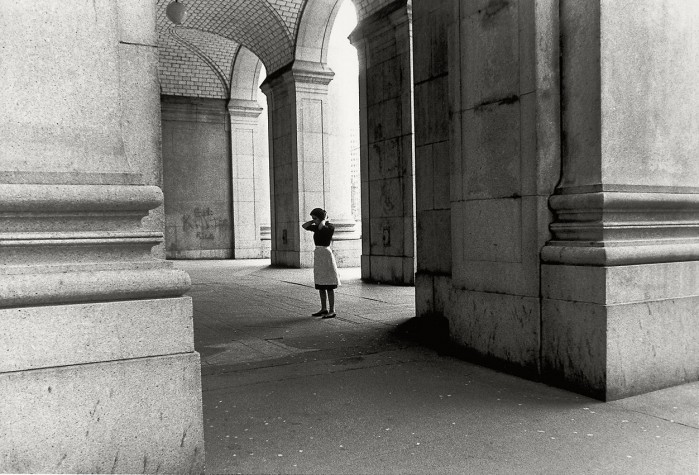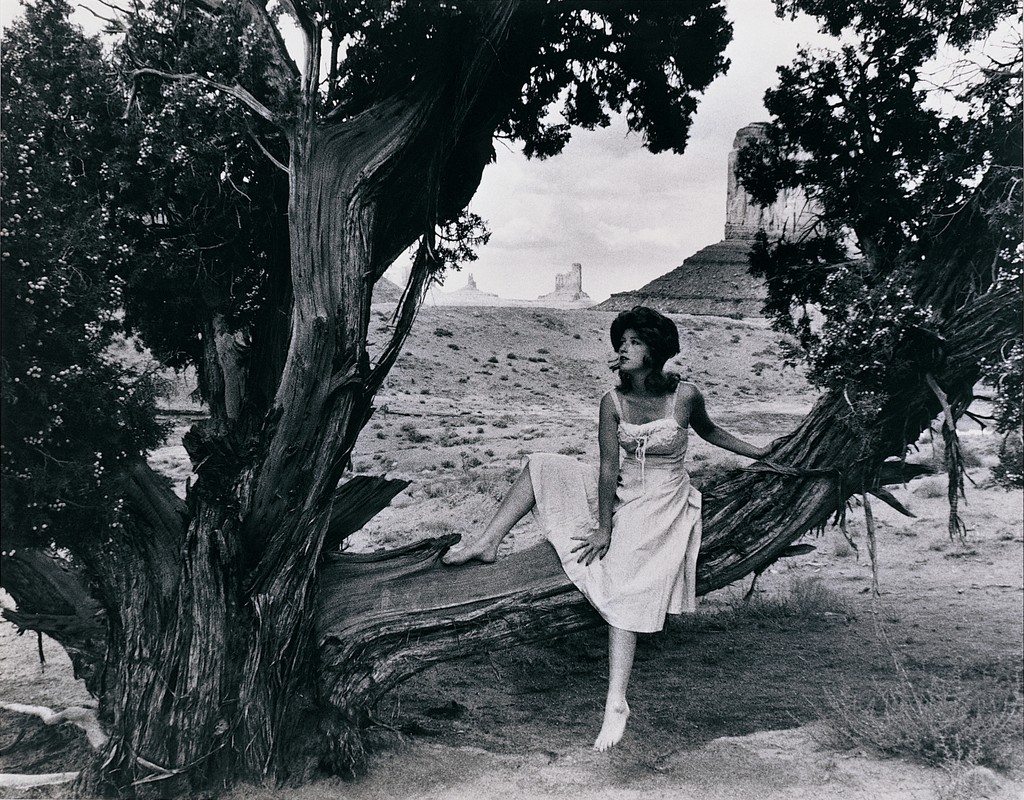Throughout the duration of the AS year I kept referencing back to the artist Cindy Sherman. A woman who found her voice within the photographic world during the 1970s when women were finally voicing their opinions in an artistic and creative way. I really enjoy Sherman’s set of ‘film stills’ that she created mainly during the 70s were she focused on the cliches modern women are faced with. To this I responded and came up with my own cliches as well as mimicking a few of Sherman’s. I believe that Sherman is a great photographer and knows exactly what she wants the spectator to get out of the images that she has created. She is the face of all of her images yet appears different in every one. This is one of her signature works were she plays dress up in order to create the best images possible for the spectator and without knowing that Sherman was the face of her own photographic work you would never have guessed it was her.

Cindy Sherman’s website: http://www.cindysherman.com
The images that Sherman creates are not reflections of herself but, I think, show as a reflect of our society and how we expect women to be and how we expect them to act. I believe that Sherman wants to bring across a message that women aren’t the way most people think they are and we can do so much more and have greater aspirations than living and working at home like our ancestors. Something that has really come to light in recent years is feminism. The right of equality of life for both men and women. Yet people like Sherman have been exploring this and working hard to open people’s eyes on this topic for many years. I am a strong believer in feminism and I think that now is the time were things are going to change dramatically with huge impact. I like the idea of sending out a message to the world through the art of photography and tableaux photography is an excellent way to create a staged way of documenting serious issues of our modern world.
Some of Cindy Sherman’s ‘Untitled Film Stills’
Sherman was born in 1954 and is an American photographer and film director and is most known for her conceptual portraits. Sherman tends to work in different series of images and all of which are ‘Untitled’. I believe that she does this as a way of allowing the spectator to make up their own mind and form an opinion on the images themselves with an open mind and no preconceived ideas of how they should be looking at the images. I like this as most of her images speak for themselves and don’t really need any title or introduction to them. They are very hard hitting yet the spectator is about to form a completely independent view of each image, they are simply different representations of cliches and the way that women are viewed in society.
An interview with Cindy Sherman:
https://www.youtube.com/watch?v=tiszC33puc0
 This is one of my favourite of Sherman’s Untitled Film Stills. There isn’t one thing in particular that I like about the image, I just enjoy looking at it. I love the amount of books everywhere showing that the subject is in a library somewhere. An effect element of this image in the direction that the subject is looking as she looks up the sky over her shoulder as if looking for even more books whilst choosing some already. I think the idea of mimicking the cliches women faced in the late 1970s an excellent documentation of the way society used to think and being able to compare it to our modern day society and how much or how little has changed over the past years. I like that all of the film stills are in black and white, this is largely to do with the type of cameras that were around in 1979 as they were all black and white, however I still think that it makes the images more interesting and allows the spectator something to maintain focus on rather than dotting around the whole image looking at all of the different colours of the books and what the subject is wearing. Something that I also enjoy about these film stills is that in every one of them Sherman is the subject. She seems to create a brand new character in every photograph and each time they are faced with a different scenario in a different environment, which is a great way of documenting what places in America looked like in the late 70s compared to what they all look like nowadays.
This is one of my favourite of Sherman’s Untitled Film Stills. There isn’t one thing in particular that I like about the image, I just enjoy looking at it. I love the amount of books everywhere showing that the subject is in a library somewhere. An effect element of this image in the direction that the subject is looking as she looks up the sky over her shoulder as if looking for even more books whilst choosing some already. I think the idea of mimicking the cliches women faced in the late 1970s an excellent documentation of the way society used to think and being able to compare it to our modern day society and how much or how little has changed over the past years. I like that all of the film stills are in black and white, this is largely to do with the type of cameras that were around in 1979 as they were all black and white, however I still think that it makes the images more interesting and allows the spectator something to maintain focus on rather than dotting around the whole image looking at all of the different colours of the books and what the subject is wearing. Something that I also enjoy about these film stills is that in every one of them Sherman is the subject. She seems to create a brand new character in every photograph and each time they are faced with a different scenario in a different environment, which is a great way of documenting what places in America looked like in the late 70s compared to what they all look like nowadays.



